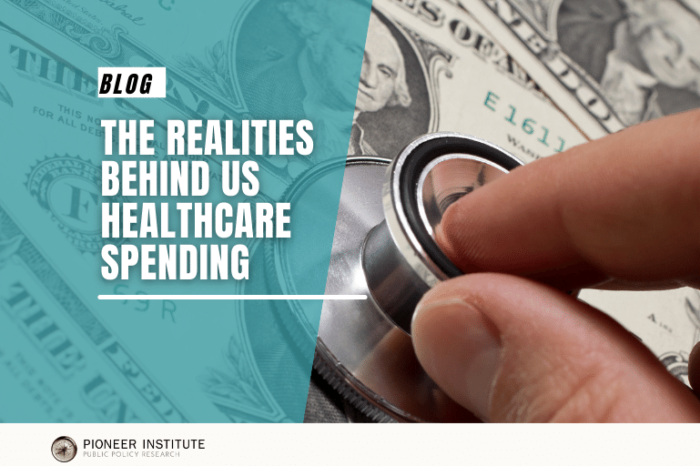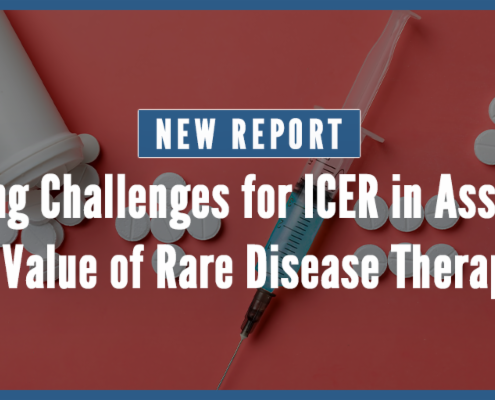The Realities Behind US Healthcare Spending
Healthcare policy is an all-encompassing term. It plays a role in every individual’s life; how it is curated, developed, and maintained has a significant long-term impact on the quality of life of any given community. It is critical that policymakers consistently adapt and amend healthcare policies in the ever-changing global pricing and affordability environment while providing funding support for optimal quality of care.
There has been much discussion amongst policymakers regarding ways to decrease healthcare spending in the United States. According to a study conducted in 2018, the United States spent approximately twice as much as other high-income countries on medical care (3). This calculation includes labor, administrative, and biopharmaceutical spending. However, the primary question based on these statistics is whether or not the current spending is justified given the quality of care in the United States. Certain pundits and policymakers argue the increase in life expectancy over the years is the correct barometer to measure successful healthcare interventions, quality of care, and policies. Unfortunately, as demonstrated over the years, healthcare delivery has little impact on the life expectancy of a society. In fact, gun violence and obesity are the two culprits of why we have abysmal life expectancy in the United States. Hence, we need to ask whether a government-mandated reduction in healthcare spending would improve or diminish life expectancy?
Primary care and specialist physicians in the United States earn the highest salaries globally. A study conducted by Medscape in 2021 found that physicians in the United States earned the highest compensation with an average of $316,000; Germany followed at $183,000 (3). However, this raises the question of the optimal compensation and salary compensation for physicians, which are essential variables in performance. For example, in Spain, only 14% of physicians feel they are fairly compensated compared to 59% in the United States (3).
In the U.S., physicians are also plagued with extremely high medical malpractice insurance and liability. The standard to avoid malpractice liabilities requires using specialists for procedures that perhaps primary care physicians can perform (1). Such standards lead to increased spending on specialists who have higher wages and, in turn, higher spending on physician salaries. Thus, the higher spending for specialist physicians may not be mitigated unless medical malpractice standards are addressed.
Additionally, the extensive and expensive training required by physicians in this country plays a significant role in their wages. For example, residency openings are limited in the U.S., causing the cost of the position to increase exponentially (1). Due to the limited spots, teaching hospitals are incentivized to train their physicians as specialists, which leads to elevated spending due to specialist wages being much higher than general practitioners.
The United States has the highest healthcare spending per capita amongst the ten countries with the highest GDPs globally (4). The OECD’s most recent data shows that the United States spent $12,318 per capita on healthcare spending, followed by Australia with only $5,627 (4). The U.S. also spends more per capita on biopharmaceuticals with a value of $880.74 (5). The spending is adjusted to take into consideration the actual net spending for biopharmaceuticals in the U.S. The adjustment of reducing gross expenditures by 35% was based on data gathered from IQVIA’s annual spending report. Without the adjustment, the U.S. ranks at the top next to Japan, which has a spending per capita of $966.28. A similar question is called into consideration regarding the justification of this spending.
The U.S. is by far the most productive country regarding new therapeutics discovered. For example, in 2018, the U.S. accounted for 57% of the total global production of novel therapies (6). A more recent example is the discovery and development of Covid-19 vaccines where the top 3 vaccines were developed in the U.S. From a study conducted in February 2022 citing the efficacy of viruses globally against the six-largest variants, it was consistently found that Pfizer and Moderna ranked highest in preventing severe disease (2). The investment in research and development in the United States provides national and global benefits. This does call into question the wisdom of reducing pharmaceutical spending.
Additionally, from an access and quality perspective, the United States outperforms high-income countries in other healthcare metrics (6). For example, U.S. outperforms other developed countries regarding a patients ability to get the same or next day care, wait time to see a specialist, and adequate time spent with a regular physician (6). Additionally, preventative care was found to be better in the United States with higher percentages of screenings leading to lower ischemic strokes, obstetric trauma, and more avoidable hospitalizations for diabetes and asthma (6).
Given this general outperformance in services and innovation in the United States and the restrictions that inevitably cause a need for high prices, an assessment of potential negative outcomes by suppressing spending should be conducted before radical policy interventions.
Though it may seem that less spending would mean less financial burden on individuals, it is important to not rush to such conclusions without understanding the variables leading to that allocation of money.
Citations
- Baker, Dean. “The Problem of Doctors’ Salaries.” The Agenda, 7 Nov. 2017, https://www.politico.com/agenda/story/2017/10/25/doctors-salaries-pay-disparities-000557/.
- “Covid-19 Vaccine Efficacy Summary.” Institute for Health Metrics and Evaluation, 18 Feb. 2022, https://www.healthdata.org/covid/covid-19-vaccine-efficacy-summary.
- Kane, Leslie, et al. “Medscape Access.” Medscape, WebMD LLC, 2021, https://www.medscape.com/slideshow/2021-international-compensation-report-6014239.
- OECD (2022), Health spending (indicator). doi: 10.1787/8643de7e-en (Accessed on 04 August 2022)
- OECD (2022), Pharmaceutical spending (indicator). doi: 10.1787/998febf6-en (Accessed on 04 August 2022)
- Papanicolas I, Woskie LR, Jha AK. Health Care Spending in the United States and Other High-Income Countries. JAMA. 2018;319(10):1024–1039. doi:10.1001/jama.2018.1150
Get Updates On Our Life Sciences Work!
Related Posts:











